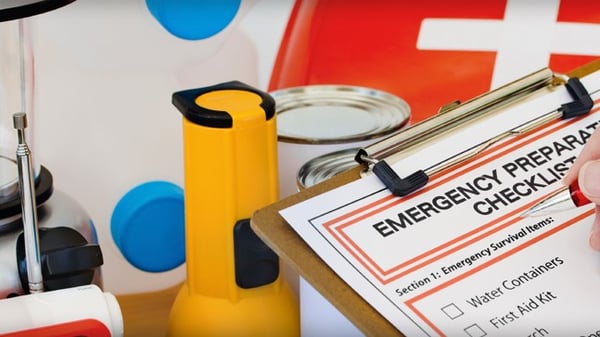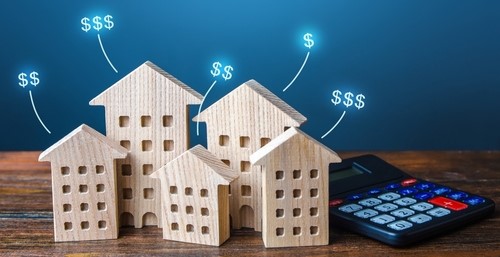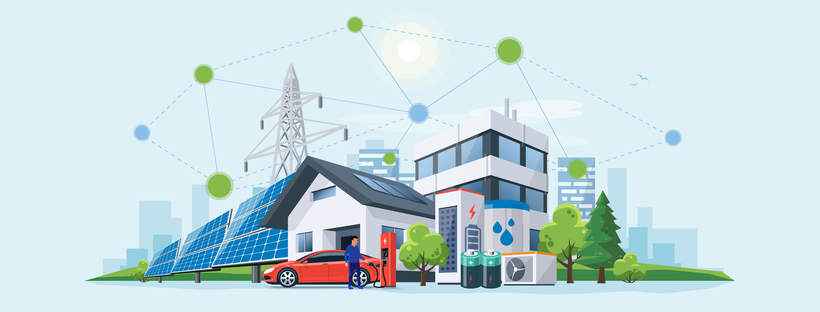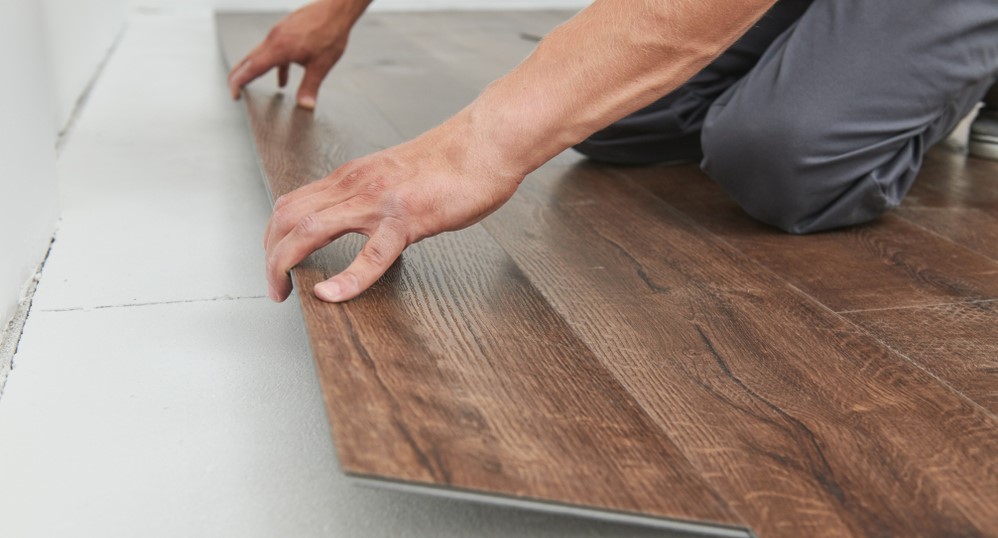Disaster Preparedness Basics for Multi-Family Properties

6 MIN. READ
With the increasing danger of natural disasters, multi-family property managers need to protect both tenants and properties. Fortunately, you have several resources to increase multi-family disaster preparedness with minimal investment.
The best way to protect your tenants and properties is to prepare for foreseeable dangers before they become disasters.
Create an emergency disaster preparedness plan
Multi-family disaster preparedness plans are location-specific. For example, multi-family properties in Florida face different challenges than multi-family properties in Northern California. The first step is to prioritize the likelihood of several different types of disasters that could occur in your area. Include both individual unit preparedness and building-wide preparedness.
Reduce risks when possible
Prepare for the most likely disasters by upgrading the property and monitoring situations. These preparations can be as simple as making sure that each multi-family unit has working smoke and carbon dioxide detectors. They can also be as complex as creating a disaster preparedness evacuation plan should your property be in the path of a hurricane.
Coordinate with the community
Every locale has multiple resources for you and your residents. State, county, and local level government agencies all play a role in preparing residents and buildings. Local fire departments provide smoke and carbon monoxide detector screening.
Your local building code administrator can inspect your property for other potential hazards. Large or dead trees and stress cracks in the building can create conditions for your multi-family housing unit.
Maintain adequate insurance
Property values change throughout the years as buildings age and as you upgrade your multi-family property. Review your current policies with your insurance agent on a regular basis to make sure that you have adequate coverage. If your property is located in a flood zone, get flood insurance or other coverage as needed.
Make sure that your current insurance reimburses for current market value. Replacement value may leave you with unexpected expenses. Depending on the age of your properties, this clause could mean the continued life or death of your multi-family property.
Remind your tenants of their insurance obligations. You can do this in your community newsletter, through fliers or at community meetings. Some tenants may not realize where your duty to pay for damage ends and theirs begins.
Ensure continuity of business
A Continuity of Business (COB) plan allows you to operate well before, during, and after a disaster. Your ability to help your residents return to their homes quickly may be the difference between retaining or losing tenants.
The multi-family disaster preparedness contains four main parts:
- Conduct thorough business analysis to determine critical functions. Also, record the systems and personnel that support those functions.
- Decide the means by which you will recover critical functionalities or maintain them during a disaster.
- Organize a team with clearly defined roles to ensure adherence to the COB.
- Practice disaster preparedness so that when a real disaster strikes, your entire team knows how to function.
Post-disaster recovery and assessment
Seattle, Washington defines post-disaster recovery as follows: "the reestablishing of its infrastructure, public services, economy and tax base, housing, social fabric, and a sense of stability that creates a new ‘normal’ that is better able to withstand the next disaster.”
Preliminary damage assessments help you determine not only your company’s loss, but the loss experience by your tenants. The damage assessment includes current damages and potential damages. It also includes the location of families displaced by the disaster and their contact information.
Remember to note damage dimensions and any photographic evidence of damage sustained. After finding the limits of your insurance coverage, work with local, state, and federal agencies to find extra assets that you can access.
At this point, your disaster preparedness plan is vital. It will contain current assessments about your multi-family properties. And it will confirm what damage is related to the disaster and what is because of regular wear and tear.
Have the supplies necessary for recovery
Clearly define the roles within your multi-family property organization, assigning who handles the next phase of recovery. Create a recovery network of personnel, each of whom handles a specific recovery operation.
One team works with contractors to repair basic physical damages quickly. Another team works with IT to restore operations to your offices and your tenants. A separate team works with specialized contractors to restore amenities such as a workout area, a pool area, and landscaping.
The faster you can return your site to normal, the faster your loyal tenants will return and feel better themselves.
Raiven helps with disaster preparedness
Raiven can help you with disaster preparedness and recovery from damage to your multi-family properties. Raiven’s online marketplace offers a wide selection of multi-family supplies from industry-leading suppliers around the country.
By negotiating low prices, Raiven makes sure that you get the best possible prices when sourcing the supplies you need for your multi-family disaster preparedness plan and recovery.
To find out how Raiven can help you save money, contact us today.


